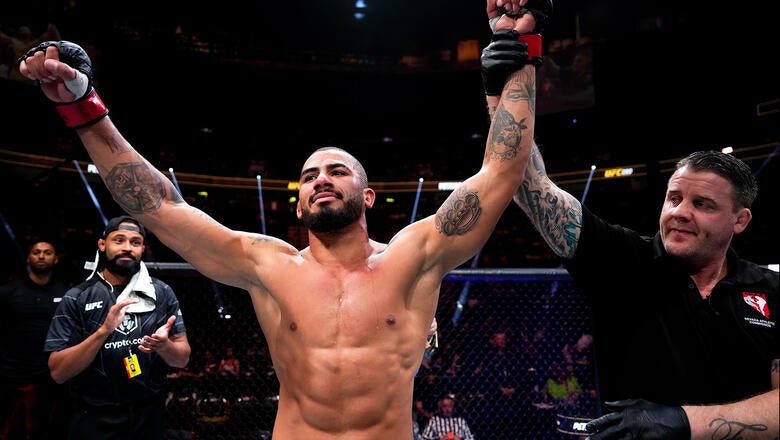“Injuries will always happen, but when you eat well, sleep well and rest without worrying about your weight, it was a huge difference,” Petrino added. “I have never felt so good in a camp, focusing completely on the fight.”
In addition to his joining fellow Nashville combatants and countrymen Tallison Teixeira and Valter Walker as part of the youth movement in the UFC heavyweight division, the start of this next chapter makes Petrino an interesting case study to follow over the next handful of years.
FOLLOW @UFCNEWS: On Facebook | On Instagram | On X | On Threads
Long gone are the days when competitors would spend eight, 10, 12 fights on the regional circuit, working out the kinks in their games, developing a true sense of who they are inside the cage and, if necessary, which division they are best suited to compete in. Everything has been expedited, with more athletes reaching the highest levels of the sport with limited experience, still early in their development as fighters and needing time to not only grow into their abilities, but in many instances, their more mature, adult forms.
As such, there is a case to be made that fighters reaching the UFC on that accelerated timeline need to be afforded more time to grow, more opportunity to stumble, fall, and learn to pick themselves back up and make adjustments than their more experienced, more established contemporaries; that we need to look at their early years in the Octagon as the equivalent of a football player logging live reps in college before transitioning to the NFL.


